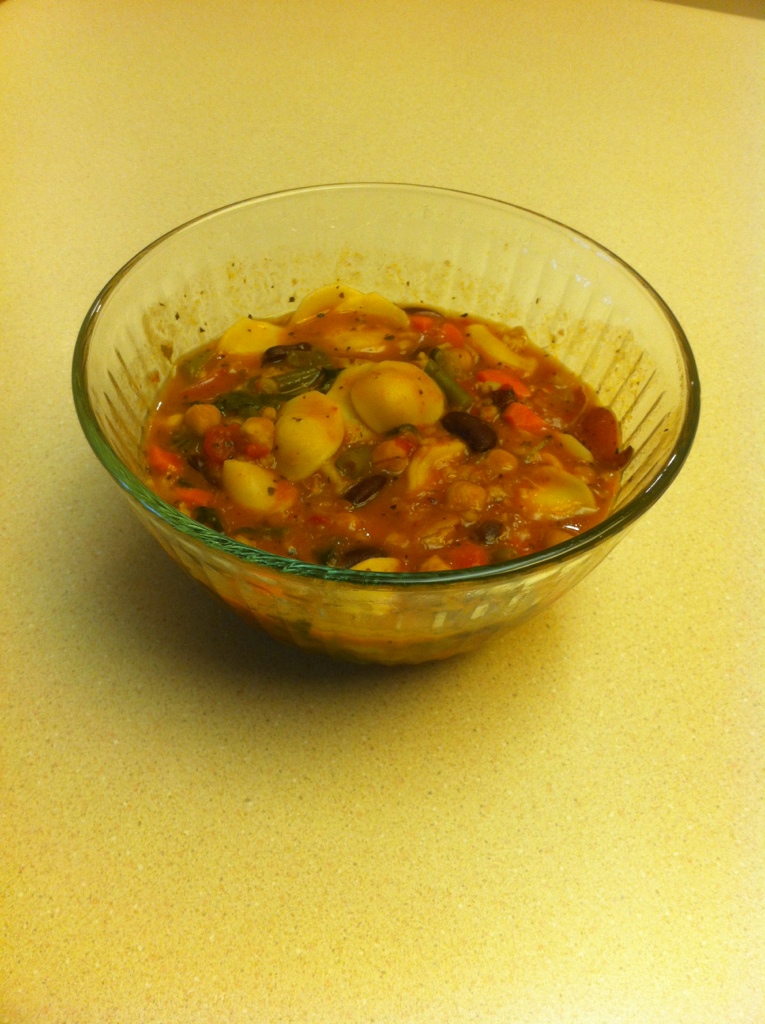I’m having an Emily Litella moment after harvesting my garden this morning and finding my round zucchinis this year look like a pale imitation of the round zukes I’ve grown in past years. The seed that I bought from Urban Farmer clearly pictured nice round, dark green fruits on their website. (Of course I don’t need to tell you that zucchini is technically a fruit and not a vegetable but let’s not quibble about that, the main thing is that Zucchini should be GREEN.)
You’ve all likely seen the paler ‘white’ zucchinis that are available year-round in grocery stores. I will buy them if I have no other choice and really need zucchini for something, but I never have grown them and never planned to add them to my garden. They are a bit pear-shaped and often have less flavor, but they also seem to hold up better so it’s no surprise that grocery stores carry them all year, even in the depths of winter when real zukes are sad and rubbery and not worth buying. Anyhow, I ordered that round zucchini seed from Urban Farmer and grew it on only to discover this week that it’s a pale green variety rather than the dark green one pictured and it’s too late to start over with different seed.
I was ready to call the company at my first opportunity to complain, especially after I steamed the first ones today and found them mushy, watery and tasteless. Because there were so many ready to pick today, I also made up a batch of my Zucchini Soup. I was expecting a disappointing, pale, thin soup lacking in flavor but: Oh. My. Goodness. For some reason when these babies are cooked down with a little olive oil and onion plus more than a little salt and then puréed with my immersion blender, they are transformed from watery, flavorless disappointment into creamy perfection featuring a lovely and robust but not overwhelming squash flavor undertone.
So, never mind Urban Farmer. No complaints here.
Oh, the 3 easy steps? Harvest, cook up, taste.

































